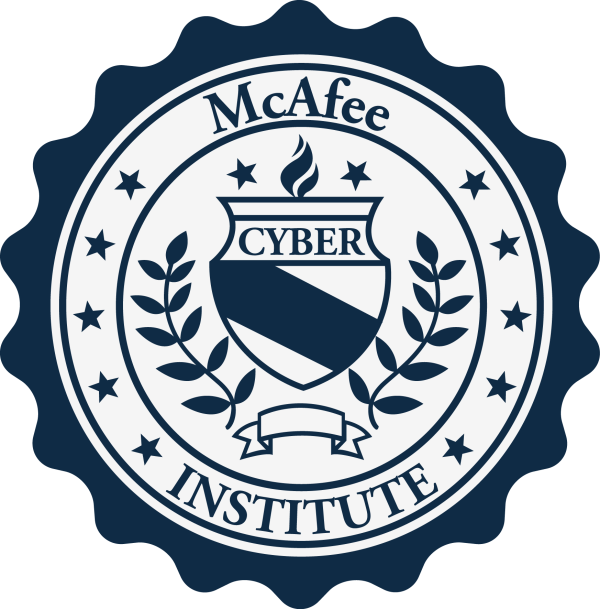Some techniques exist for isolating a mobile device from cell tower communications. Fully charge the device before the examination, and consideration should be given to having a fixed or portable power source attached. The following provides an overview of various cellular network isolation techniques.
- Cellular Network Isolation Card (CNIC) – A CNIC mimics the identity of the original UICC and prevents network access to/from the handset. Such cards prevent the handset from erasing call log data due to a foreign SIM being inserted. This technique permits acquisition without concern of wireless interference.
- Shielded Containers – A portable shielded container may allow examinations to be conducted safely once the phone is situated inside. Cables connected to the container must be fully isolated to prevent network communications from occurring. This method is one of the most frequently used.
- Shielded Work Areas – Shielding an entire work area can be an expensive but effective way to conduct examinations safely in a fixed location. A “Faraday tent” is a cheaper alternative that also allows portability. Feeding cables into the tent is problematic, however, since, without proper isolation, they can behave as an antenna, defeating the purpose of the tent. The workspace may also be very restrictive.
- Disabling Network Service – The cellular carrier providing service to the mobile device might be able to disable service. The service provider or network operator must be determined and contacted to identify the service to be disabled (e.g., the equipment identifier, subscriber identifier, phone number). However, such information is not always readily available, and the coordination and confirmation process may also impose delays.
- Jamming/Spoofing Devices – Emitting a signal stronger than a cell phone’s or interfering with the signal rendering communication useless. Another technique involves tricking the phone into thinking a “no service” signal is coming from the nearest cell tower. Because such devices may affect communications in the surrounding public airspace beyond the examination area, unlicensed use may be illegal in some jurisdictions.



Post your comment on this topic.